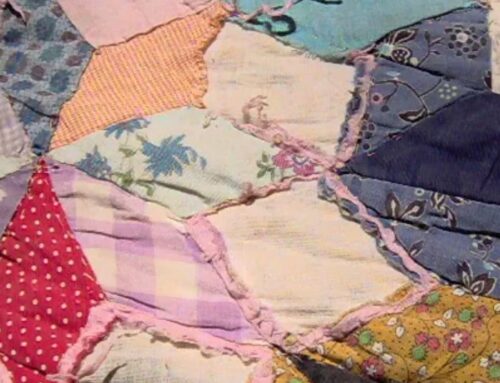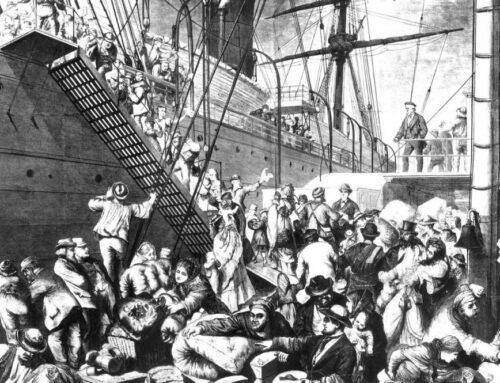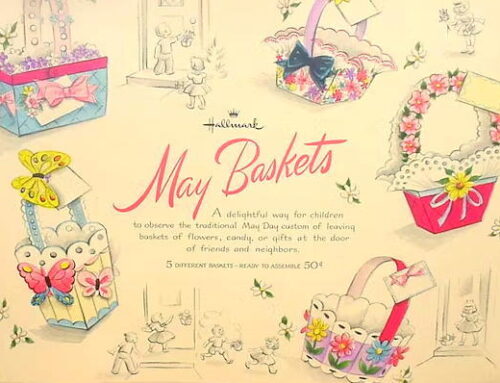I have some thoughts about SLIG 2019. Since I returned home, I’ve been so intent on what I learned at the Salt Lake Institute of Genealogy (SLIG), that it’s taken a bit to process how I learned at SLIG.
Camaraderie
Being together with other genealogists who share the same passion for research was a balm. German handwriting? Metes and bounds? DNA? Immigration records? How wonderful to gather with others who shared the same enthusiasm for the arcana of family history research.
Non-genealogist friends asked why I was going to Salt Lake City in January. My answers tended to include reading the difference between Roman and Gothic characters, Lutheran vs. Catholic parish records, how Hitler banned Kurrentschrift (German cursive), how the letter “s” has three variations. That usually got a long pause and an “Interesting! Gotta run!” in response. In other words:


Immersive Learning
Everyone, teachers and students alike, were committed to the immersive learning style of SLIG. At the opening reception, the faculty members were introduced. As Thomas Jones, Judy Russell, Blaine Bettinger, LaBrenda Garrett-Nelson, and others came to the stage, the person next to me said, “It’s like the genealogy Oscars!”
The whole environment was just splendid. During breaks and meals, people from different classes shared information, and teachers were generous with their time and expertise throughout the day. I tacked on some extra days for research at the Family History Library, so for ten days I could eat, sleep, and breathe genealogy research. And attending a conference as a student instead of a presenter was a wonderful break as well.
Inclusiveness
When I first began my professional career as a genealogy librarian in 1977, most resources were focused on white ancestors in the U.S., from Colonial times to about 1880. As the Internet has transformed access to far-flung, scarce, undiscovered, and unusual records, genealogy has become more inclusive to a wonderful degree. SLIG deserves special credit for fostering research skills in Native American and African American records. And SLIG 2020 offers courses on Chinese and Advanced Hispanic genealogy. Brava, SLIG!
Networking
I have dear friends and colleagues from attending professional archival conferences at SAA and SCA over the past few decades. But now I have a whole new group of colleagues and friends from SLIG and genealogy conferences. Some are established genealogy leaders and/or old friends, like Katherine Willson of Genealogy on Facebook List (leader of the genealogy glitterati posse); J. Paul Hawthorne, the social media coordinator for SLIG; and Ginger Goodell. Others are new colleagues who are a delight – Sara Gredler, Deborah Robinson, and their colleagues at Ancestry ProGenealogists, Tierra Cotton-Kellow (#pressingmyway), and so many others.
Best of all, some of my classmates from the SLIG Virtual Nordic class last fall gathered at the concluding banquet, and I finally got to meet Pat Richley-Erickson, Dear Myrtle herself, in person. That’s us in the photo below from left to right: Nancy E Loe, Steve Jonnes, Gary Ball-Kilbourne, Lynn Puncochar Tenney, Pat Richley-Erickson, J Paul Hawthorne. The lighting that makes us all look like crypt-keepers is courtesy of the SLC Hilton!
Are You Considering an Institute?
Big conferences are wonderful in their own way, offering sessions on many topics. But SLIG and GRIP and IGHR are probably the best way to measurably increase your research skills. And if travel is difficult, consider the virtual classes offered by SLIG. I promise you’ll learn more than you ever dreamed of.
SLIG: https://ugagenealogy.org/aem.php?eid=36
GRIP: https://www.gripitt.org
IGHR: https://ighr.gagensociety.org
And here’s next year’s SLIG schedule. Be there or be square!







Leave a Reply